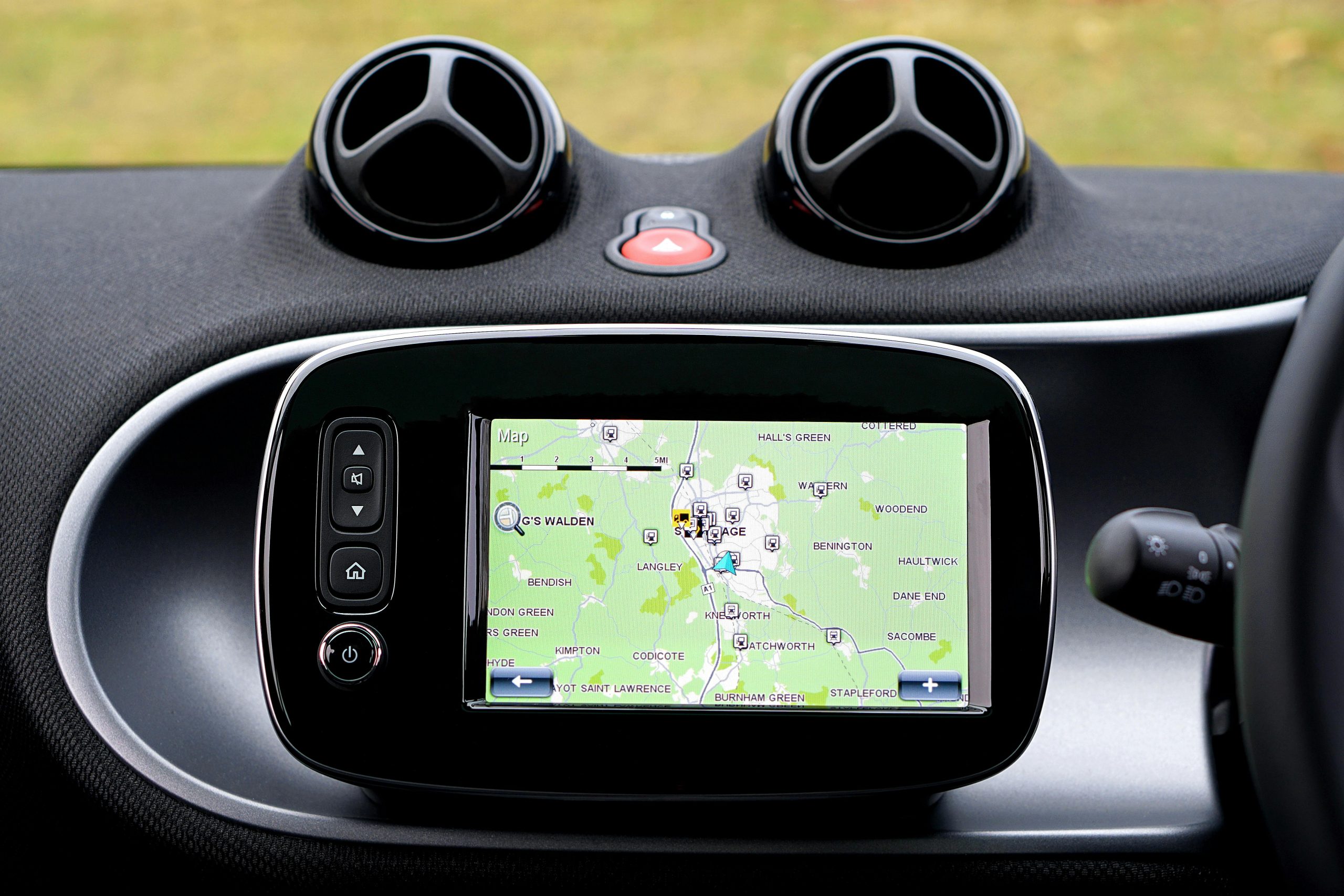Understanding Sudden Boot Issues with Your System Drive: A Professional Perspective
If you’re experiencing unexpected boot failures related to your system drive, it can be a concerning situation. Recent reports highlight a phenomenon where a functional SSD suddenly becomes unrecognizable during startup unless Compatibility Support Module (CSM) is enabled in the BIOS/UEFI settings. This article aims to provide insights into such issues, potential causes, and troubleshooting steps.
Case Overview
Consider a scenario involving a high-performance 2TB Western Digital Black SN770 NVMe SSD, used as a primary system drive for two years. Recently, users have observed that during system boot, the BIOS/UEFI reports no bootable drive, leading to startup failures. Initial workarounds involved rebooting until the system recognized the drive again. Firmware updates for the SSD, BIOS updates, and Intel Management Engine (ME) updates were attempted in response. However, the problem persisted until enabling CSM, which temporarily restored boot functionality. Additional troubleshooting included disabling and re-enabling CSM to regain drive recognition.
Key Observations:
– The drive’s health reports consistently indicate no issues.
– Diagnostic tools show the drive is functioning normally.
– No performance degradation has been noted.
– The issue appears linked to BIOS/UEFI settings and drive detection, rather than hardware failure.
Potential Causes and Considerations
While diagnostics may report the drive as healthy, firmware issues or configuration mismatches can sometimes cause detection problems:
1. BIOS/UEFI Settings: Modern systems may prefer UEFI mode for NVMe drives, but compatibility issues can arise. Enabling CSM allows legacy BIOS compatibility, which can temporarily resolve detection issues.
2. Firmware Compatibility: Outdated or corrupt firmware on the SSD can lead to inconsistent detection. Ensure the latest firmware is installed.
3. Motherboard Firmware: BIOS updates can improve compatibility with newer NVMe drives. Verify that the motherboard firmware is current.
4. Drive Connection and PCIe Slot: Check physical connections, PCIe lanes, and storage slot integrity.
5. Drive Health and Lifecycle: Although diagnostic tools report a healthy drive, firmware corruption or impending failure can still occur.
Interpreting Diagnostic Data
It’s common to see diagnostic software report a healthy drive despite boot issues. These reports typically focus on the drive’s core functionality but may not reflect firmware corruption or subtle hardware anomalies. Therefore, diagnostic results should be combined with firmware updates and physical inspections.
Recommendations
- **
Share this content:



